I'd like to be able to visualize the difference between some lists of times on a timeline.
I can either return them with start and end time tuples:
[(0.15119, 0.43909), (0.43909, 0.72698), (0.72698, 1.01189), (1.01189, 1.2968)]
or just start time:
[0.15119, 0.43909, 0.72698, 1.01189]
And I would like to end up with something like this:

I've looked at graphviz, matplotlib and networkx, and am guessing this is probably a relatively simple graph. Maybe there's a different tool altogether that would make the most sense.
Could someone offer either an example or a nudge in the right direction.